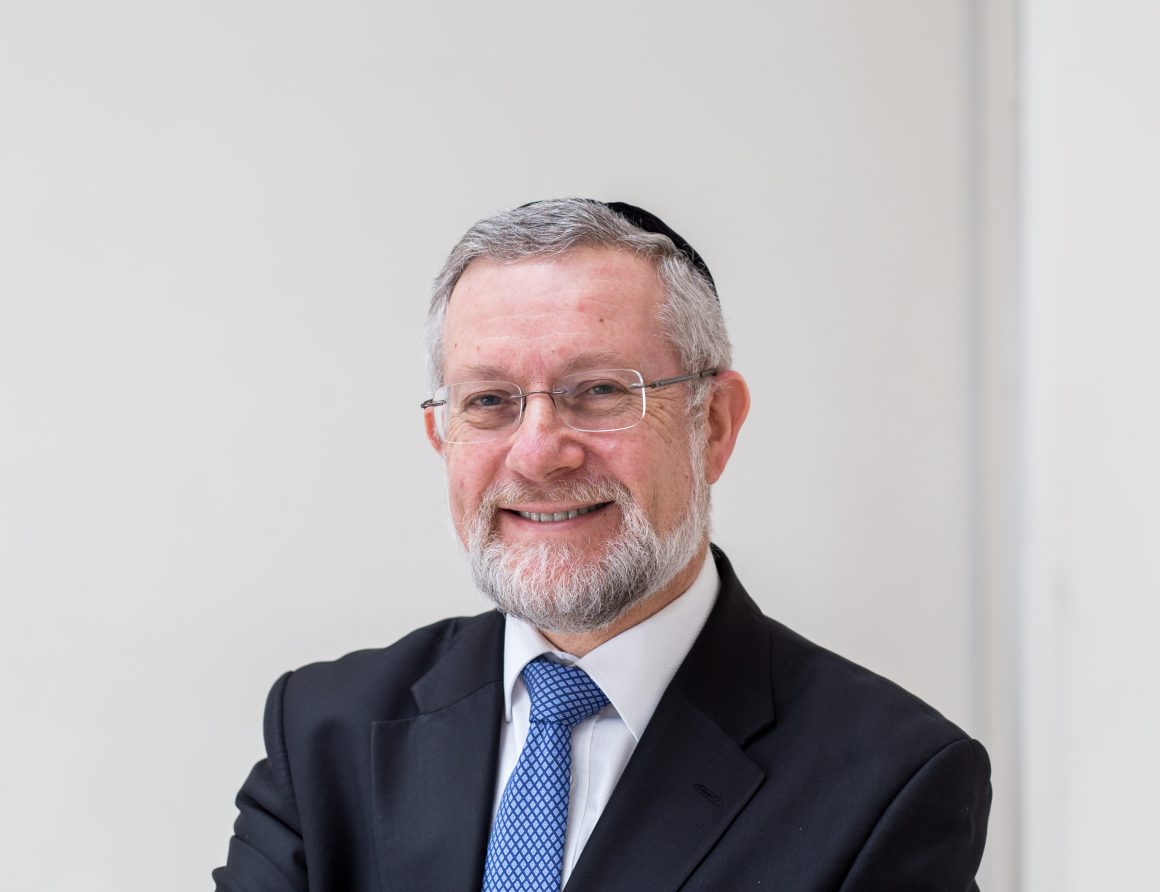HERITAGE
If you were asked to choose the perfect Torah verse to start a child’s Jewish education, what would it be?
Perhaps the opening of the Bible? “In the beginning, G-d created Heaven and Earth.”
Or maybe, the first of the Ten Commandments? “I am the L-d, Your G-d.”
In fact, the Talmud (Succah 42a) says it is the verse from the last parasha, read on Simchat Torah, followed by the Shema:
“Torah tziva lanu Moshe morasha kehilat Yaakov”
“Moses commanded us the Torah, the heritage of the community of Jacob.” (Devarim 33:4)
The core of our Jewish identity is that we have a G-d-given heritage. The essential challenge of Jewish education is to transmit the importance of the Torah to every child, and that we are the nation that received it.
The great medieval teacher and leader Saadia Gaon (Babylon, 892-942) taught: “Our nation is a nation by virtue of its Torah.” (Beliefs and Opinions, 3:7)
The Torah is described here as morasha, a heritage, rather than the more common word, yerusha, an inheritance.
What is the difference?
The Tiferet Yisrael explains: A yerusha, an inheritance, is passive and automatic. It is passed down from parent to child regardless of whether the child earned it. By contrast, a morasha is active and has to be worked for. It requires effort, study, and hard work. From time to time, I am contacted by a family after a bereavement wanting to dispose of a parent’s Jewish books they have no use for. Among the collection will be a Chumash, the printed version of the Torah. The book may well be a Bar Mitzva gift, many decades old. Sometimes it is well-worn and has been treasured. On other occasions, it is in mint condition and has never been opened. In this case, the inheritance did not become a heritage.
The late Rabbi JB Soloveitchik adds another perspective to this distinction. A yerusha, an inheritance is personal. If I inherit something, it is mine to do with in whatever way I choose. By contrast, a morasha a heritage, is a communal asset that is entrusted to me to pass on. It is mine, but my responsibility is to hand it on to future generations. The late Rabbi Lord Sacks once made the distinction between a text-book and a text-person. Our challenge and responsibility as Jews is that we should not only bequeath physical books but also role model the teachings and values of our heritage to those around us and to the next generation.
As we conclude and recommence our cycle of Torah, our challenge is to rededicate ourselves to our heritage, treasure it, and actively pass it on to others.


